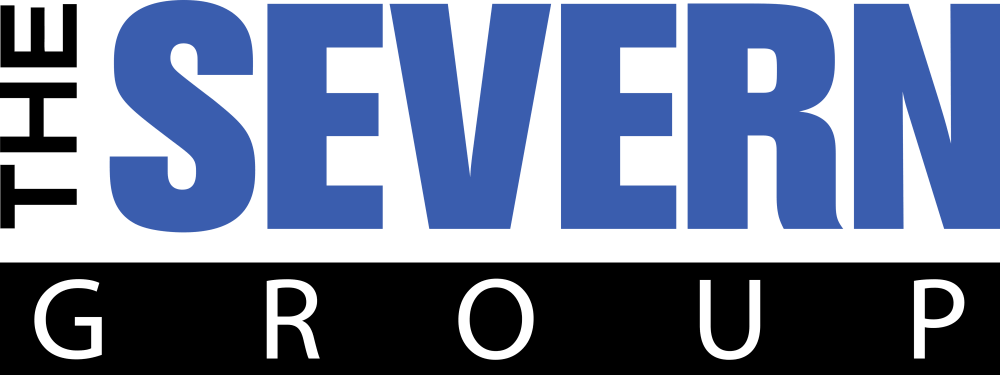You’ve Heard of Smart Homes, But What About Smart HVAC?
It may come as no surprise to learn that the HVAC system is the largest source of energy use in your building. Wouldn’t it be great to decrease your utility costs without sacrificing the quality of your indoor air? A smart HVAC system may be the solution. Smart systems are more efficient and can reduce energy use up to 10-15%. With savings like that, you could recoup the cost of installing a smart unit in just a few years.
How Does a Smart System Work?
Smart technology integrates the convenience of Wi-Fi with your commercial HVAC system. The main components of a commercial system include various sensors, Demand Controlled Ventilation, variable speed fans, and VRF (Variable Refrigerant Flow) systems.
Thermal Sensors
Thermal sensors detect the individual conditions of different zones. For example, crowded meeting rooms can overheat quickly, while isolated offices can get cold fast. A smart system uses thermal sensors to collect data and adjust conditions in varying zones accordingly.
Occupancy Sensors
Occupancy sensors adjust temperatures according to real-time use. With this technology, you can avoid heating or cooling rooms that sit empty much of the time and reduce unnecessary energy consumption.
CO2 Sensors
According to a Harvard School of Public Health study, high CO2 levels harm decision-making and clear thinking. CO2 levels can spike in a crowded room. The CO2 sensors in a smart system automatically increase the levels of fresh air distribution when they sense levels that are too high.
Light Sensors
More natural light is a desirable quality in any building. However, variances in light from morning to evening can harm the way a traditional HVAC system works. Light sensors detect ambient light levels and adjust both the temperature of the room and the lighting as needed.
Demand Controlled Ventilation
This technology works based on data collected by the occupancy sensors. The DVC automatically reduces outdoor air intake when occupancy rates are down to decrease energy use.
Variable Speed Fans
Unlike traditional HVAC fans that run at only two speeds, on or off, variable speed fans operate according to detected occupancy levels and conditions. Variable fans are one piece of smart technology that you can retrofit to your current HVAC system.
Variable Refrigerant Flow System
VRF systems are a new type of smart HVAC technology that provides even greater energy efficiency. Their quiet operation makes them ideal for an office setting, and their zoned design offers the added convenience of consistent comfort room-to-room.
Benefits of Installing a Smart HVAC
The obvious benefit of opting for a smart heating and cooling system is a reduced utility bill. But are other advantages you may have when you consider an HVAC upgrade:
- First, reinvest money saved on utility costs in projects that produce revenue.
- Second, use savings as incentives to improve performance, attract top-quality talent, and drive innovation.
- Third, gain better control over your building’s systems, which helps in strategic decision-making.
- Finally, improve the workplace environment and may naturally boost employee performance and work satisfaction.
Learning more about when and how you use spaces in your building goes far beyond reducing your energy bill. It may also reveal to you more efficient ways to put your square footage to use—including the possibility of reducing it.
Is a Smart HVAC System Right for You? Let The Severn Group Help You Decide.
Talk to the experts at The Severn Group if you’re considering upgrading to a smart system. We’ll take the time to make sure you understand exactly what to expect from your new system, including any future upkeep or maintenance it may require. We can also assist with retrofitting and all aspects of commercial HVAC maintenance. So give us a call today to learn more. Also, check out our blog for more HVAC tips.
